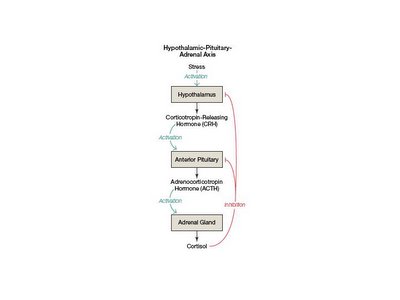Are long-acting beta agonists (LABAs) safe. I've
argued in the past that they are, but now a
perspective piece in the NEJM argues that they are not. (Inexplicably, it is not available as free fulltext. If you are going to publish editorials on controversial, life-threatening topics, I think you should make them available to people).
Fernando Martinez, a respected asthma researcher and participant in the FDA panel discussion about LABAs presents some new data and argues they should be used only as a last resort.
First he reviews two earlier studies which appeared to show an increased rate of death in patients using salmeterol. The increase was not statistically significant in the first study, and the second, the infamous SMART (Salmeterol Multicenter Asthma Research Trial) has never been published. It did, however, show, an increase rate of death by a factor of 4 in patients using salmeterol (p value 0.02). Unfortunately, neither trial required concomitant use (or even recorded use) of inhaled corticosteroids (ICS) which are the current first-line in treating persistent asthma. GlaxoSmithKline and many asthma specialists have argued that this likely resulted from patients using salmeterol without ICS, leading to treatment of bronchospasm but nut underlying inflammation. Unfortunately (contrary to my previous post) the SMART data don't allow this hypothesis to be tested.
He goes on to data presented to the FDA by Novartis, who manufactures another long-acting beta agonsit, formoterol (sold as Foradil in the US). Again the data shows an increase risk of serious events (presumably fatal or near-fatal asthma exacerbations) with use of formoterol, although this is comprable to that seen with regular use of albuterol. No statistical information is given, but the increase seems to be independent of ICS use.
Martinez does present some data contrary to his hypothesis that LABA increase severe asthma exacerbations. First, he notes a case-control study from the UK which showed there was no increased use of LABAs in patients with fatal vs. non-fatal asthma. Second he notes that overall death rates for asthma have if anything decreased with the introduction of LABAs. He notes some problems with the case-control study (older patients, some with COPD) and theorizes that the decrease in deaths from asthma may have been in spite of not because of LABAs, perhaps because of increased use of ICS.
He goes on to suggest starting with ICS alone, adding leukotriene antagonists like Singulair or even theophylline (which is almost never used anymore) and reserving LABA for those still requiring albuterol (a short acting beta-agonist) twice or more daily. He thinks the manufacturers of LABAs should fund additional studies to confirm or refute the hypothesis that use of LABAs in addition to ICS increases severe asthma exacerbations
Do I agree? I'd say for the most part no. Martinez cherry-picks by including only 3 of the many studies that have been done with the ICS/LABA combo. For example,
this Cochrane review looks at 85 studies of ICS/LABA in persistent asthma and doesn't note an increased risk of severe exacerbations;
this one examines nearly 6,000 patients randomized to leukotriene antagonists or LABA in addition to ICS and specifically finds no increased adverse events. Finally, another Cochrane
review of LABA vs. theophylline finds that LABA have less adverse effects (admittedly this is out of date as patients weren't necessarily on ICS).
Secondly, I find it hard to imagine that a medicine that helps so much with asthma control could lead to increased mortality. I can't tell you how many patient tell me that Advair (fluticasone/salmeterol, an ICS/LABA combo) has changed their life. They've gone from constant asthma symptoms and restrictions on what they can do to exercising and doing whatever activities they want. This is borne out by trials as well.
Of course, other medicines such as anti-arhythmics for heart disease improved secondary end-points while increasing the risk of death, which is also counterintuitive. Maybe regular LABA could mask worsening asthma preventing optimal treatment. Against this would be the fact that studies of ICS suggest that most of the benefit is obtained at low doses, such as those in the lowest strength of Advair (100/50)
I do agree with Martinez that GSK should fund a study of Advair (fluticasone/salmeterol) versus fluticasone alone to answer this question once and for all.
UPDATE: original data from the pharma companies submitted to the FDA
here.







